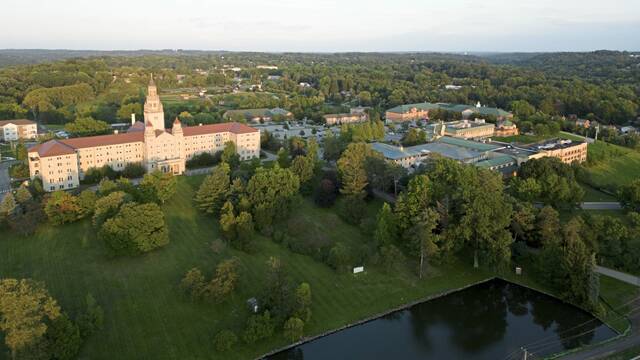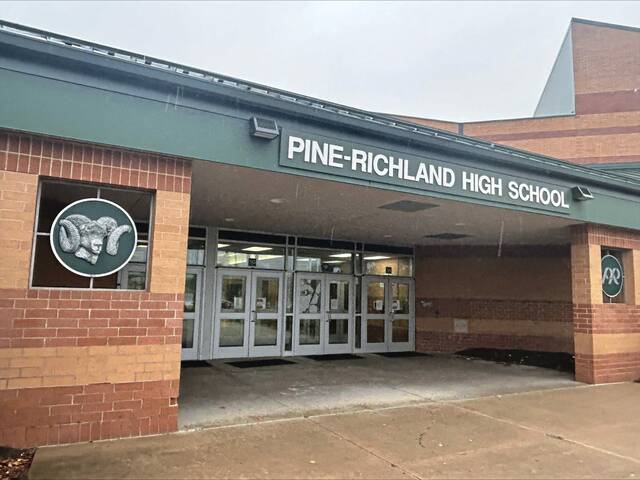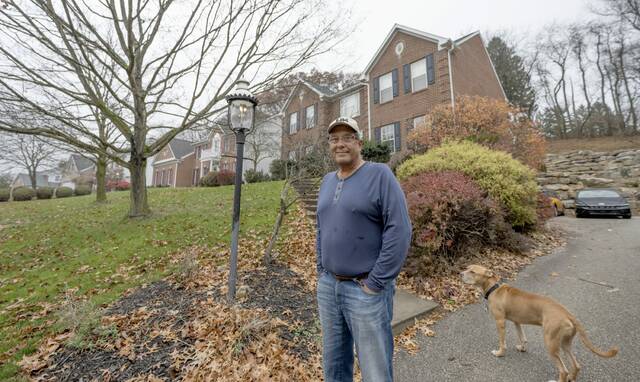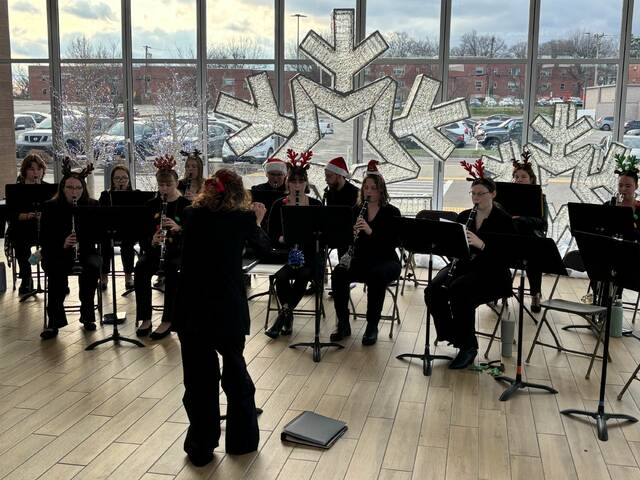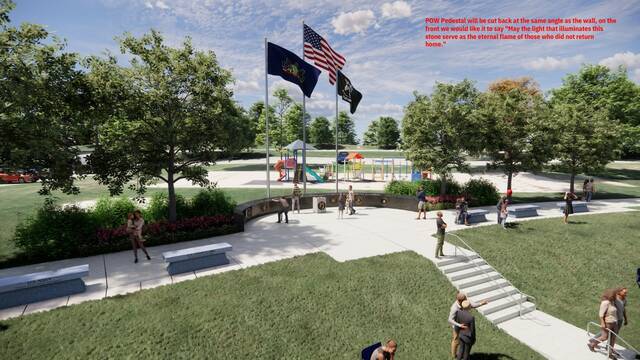Each month, the Richland History Group highlights notable aspects of the area’s past.
When Judy Garland sang the “Trolley Song” (“Meet Me in St. Louis,” 1944) the “clang, clang, clang of the trolley” and the “ding, ding, ding of the bells” had already fallen silent in Pittsburgh’s North Hills. During some key years, though, trolley rail service had supplied a quick route to market for the fast-growing suburban countryside.
In the early 1900s, Charles Gibson Jr. and other investors formed the Pittsburgh and Butler Street Railway Co. to build an electric railway between Butler and Etna. It became known as the Butler Short Line. The grandson of Gibsonia’s namesake, Gibson called this venture the “Short Line,” because his planned route was “12 miles shorter” than the existing Pittsburgh Western Railroad line between the two communities.
The first trolley cars had Westinghouse electric motors powered with 6,000 volts of alternating current supplied by overhead lines from the generation plant at Renfrew in Butler County. In 1913, the cars were converted to General Electric motors, powered by 1,200 volts of direct current, to reduce electricity consumption.
The Short Line operated from April 24, 1907, until April 22, 1931. The railway entered Richland near Valencia and exited near the present-day Gibsonia Walmart location. A rail line overpass crossed Dickey Road just east of the intersection of Meridian and Dickey Roads (close to the Dickey’s Stop). The route then continued along Meridian Road, crossing under Gibsonia Road (Highway 910), just west of the Consolidated Communications building.
According to Dr. William Fronczek of the Pennsylvania Trolley Museum, the cars could accommodate 58 passengers and traveled 48-60 miles per hour. The fare from Gibsonia to Etna was 32 cents. Passengers paid five cents more to travel into Pittsburgh. The Short Line “Flyer” made only three stops between Butler and Pittsburgh.
The “Local,” on the other hand, made 30 stops, including seven in Richland: State Road, Bakerstown Station, St. Barnabas, McKelvey’s, Dickey’s, Austin’s (Gibsonia Station) and Girty’s. Most stops had distinctive, round, pointed-roof shelters for waiting passengers. It was common for stops to be added and dropped from regular service. Property owners who supplied rights-of-way for the railway were granted a stop if they requested one, and they could ride free.
Early morning cars picked up milk and locally grown produce from area farms for delivery to the Allegheny Market. The BSL transported students and workers to schools and jobs in the city. Once in Etna, riders could take Pittsburgh Railways’ Number 2 Etna Route downtown to Stanwix Street and Penn Avenue to conduct business, go shopping, or go out for dining and entertainment.
But cheap fares and increasing expenses hurt the company’s bottom line. Gibson averted a labor strike by trainmen in 1911 by raising their hourly pay rate by three cents, up to 29 ½ cents per hour. With sinking profits, the upkeep of the rail line suffered. This resulted in derailments and costly fatal accidents.
In 1914, a head-on crash south of Richland left three people dead, and injured another 50 passengers and BSL workers. An earlier wreck near the same location took the life of one of the Short Line’s earliest conductors. With mounting financial pressures from lawsuits and ridership competition from the automobile, the railway was headed into financial trouble.
In 1917, Russell H. Boggs, an Allegheny City department store owner who already owned the Harmony Route, bought the Butler Short Line. The two railways operated independently, but they were experiencing difficulty staying profitable. Boggs’ attorney, David I. McCahill, later bought the railways, thinking he could operate them profitably. But service and income continued to decline and the Short Line went bankrupt in 1932.
Subsequent owners briefly operated buses to replace the trolley routes, but eventually, the privately-owned services gave way to publicly-operated buses. The Great Depression and the advent of the affordably-priced Model T Ford ($275) contributed to the end of the interurban trolley era, as gasoline-powered vehicles became the wave of the future for transportation.
Larry Tanglen is a researcher for the Richland History Group.



